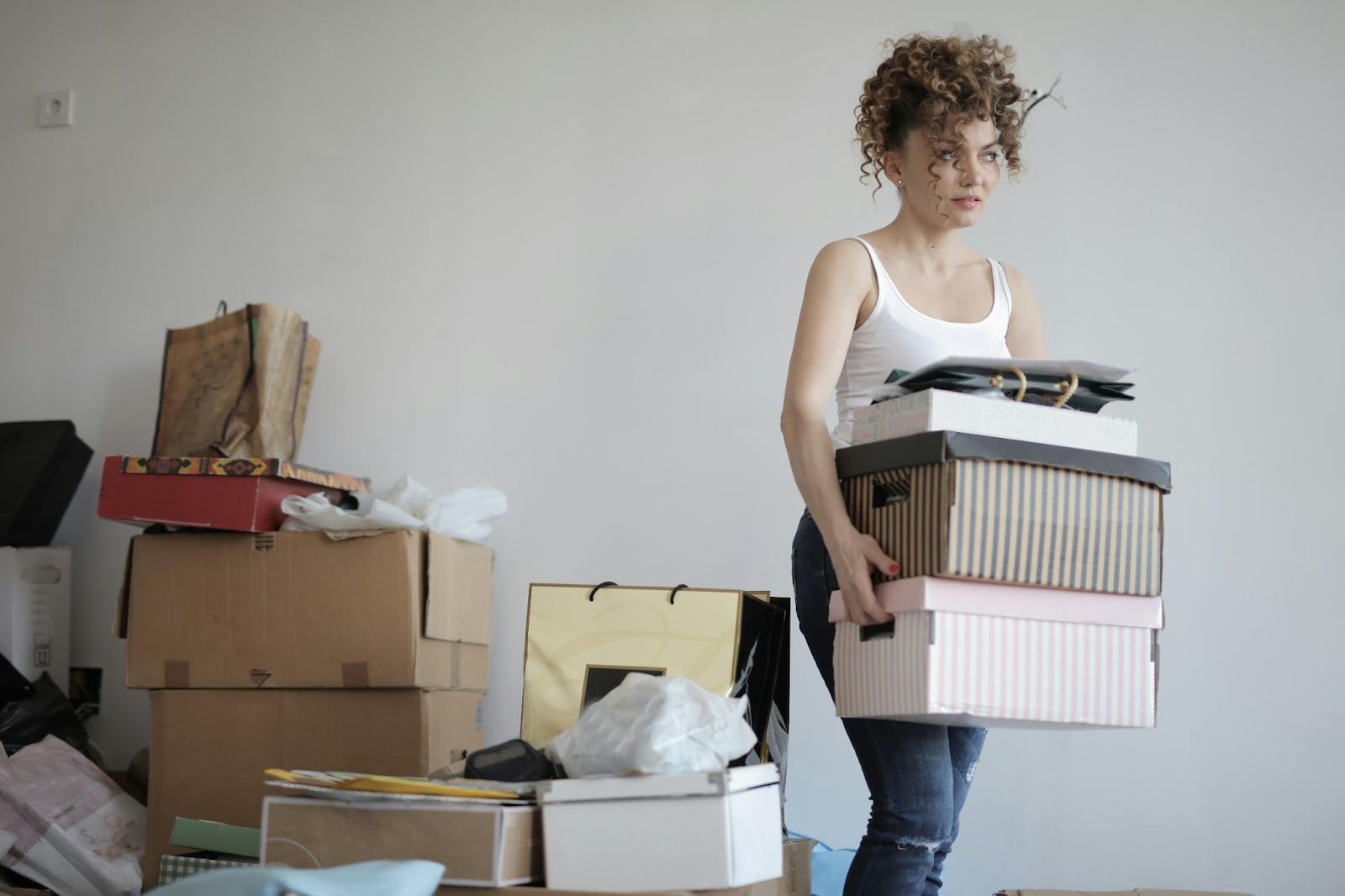
Moving house involves a lot of planning and, in some cases, a lot of hassle – and the last thing you want is to add injury into the mix. In this article, we’re sharing our tips for lifting heavy items safely during a move, so you won’t need your insurance to cover your medical expenses.
What’s the worst that can happen?
Unless you’re hiring a company to take your entire house move out of your hands, you’ll find yourself doing a fair amount of lifting and carrying. From boxes of heavy pots and pans to large and cumbersome items like sofas, if you don’t lift heavy items safely, you could be at risk of injury including:
– Back injury – this is one of the most common types of lifting injury and, in extreme cases, can result in the need for medical attention and even time off work to recover.
– Knee or leg injury – Lifting incorrectly can put a lot of strain on your legs – particularly your knees – leading to pulled muscles or strains.
– Cuts and bruises – If you drop a heavy box or object on, for example, your foot due to incorrect lifting this can lead to cuts, bruises and even broken bones.
How to lift heavy items safely during a move
While a house move can be fraught with danger, there are some things that you can do make sure you stay safe and we’ll look at some of these in this section:
Do your prep
Ahead of your moving day, examine all of the heavy items to be moved to see if they can be taken apart as this will make carrying them easier and avoid injury. While you’re at it, check for any sharp corners and cover them where possible to limit the risk of cuts.
Let it slide
When moving heavy items of furniture such as sofas, chairs and beds, furniture sliders can help to reduce the amount of lifting needed and, therefore, limit the risk of injury. These can be found fairly easily and cheaply either in home stores or online.
Strap it up
If you’re moving a number of heavy items such as furniture or appliances, lifting straps can be a great investment. These clever items allow you to lift heavy objects ergonomically without risking back, shoulder and leg injury. When moving appliances such as fridges and washing machines, it’s always best to get a professional to help with detaching and plumbing back in when you get to your new home.
A blanket solution
If you’re not able to get hold of lifting straps, an old blanket or tarpaulin can do the same job. Simply place the heavy item on top of the blanket and then use the corners to lift it. It’s worth noting that if you’re going for this option, you’ll need to make sure that the blanket or tarp is strong enough to hold the item that you want to lift.
Practice your technique
If you’re going to be lifting heavy items without the aid of straps, the trick is to use a proper lifting technique. When lifting such objects always:
– Lift with your legs rather than your back – this can take a bit of getting used to so try to practice a few times before the big day.
– Keep the item close to your body where possible as this will limit the risk of injury to yourself and others.
– Avoid turning or twisting while lifting the item as this can result in strains and pulled muscles.
Step it up
If your house move involves carrying heavy objects up and down stairs, this adds an extra level of danger – and care must be taken. Before you start, ensure that the stairs are cleared of any debris that could be tripped over and check for loose planks or unsecured carpet. Only ever carry heavy objects down stairs with help – two or more people is essential here. Finally, do a practice run with a lighter object (for example; an empty cardboard box) to help you identify any problem areas.
Making light work of heavy lifting
When moving house, moving heavy objects is usually inevitable – but suffering an injury isn’t. As we’ve highlighted in this article, there are some really simple ways of avoiding injury when lifting heavy items during a move and these are all good habits to get into for keeping yourself and others safe.
Tags: how to lift heavy items